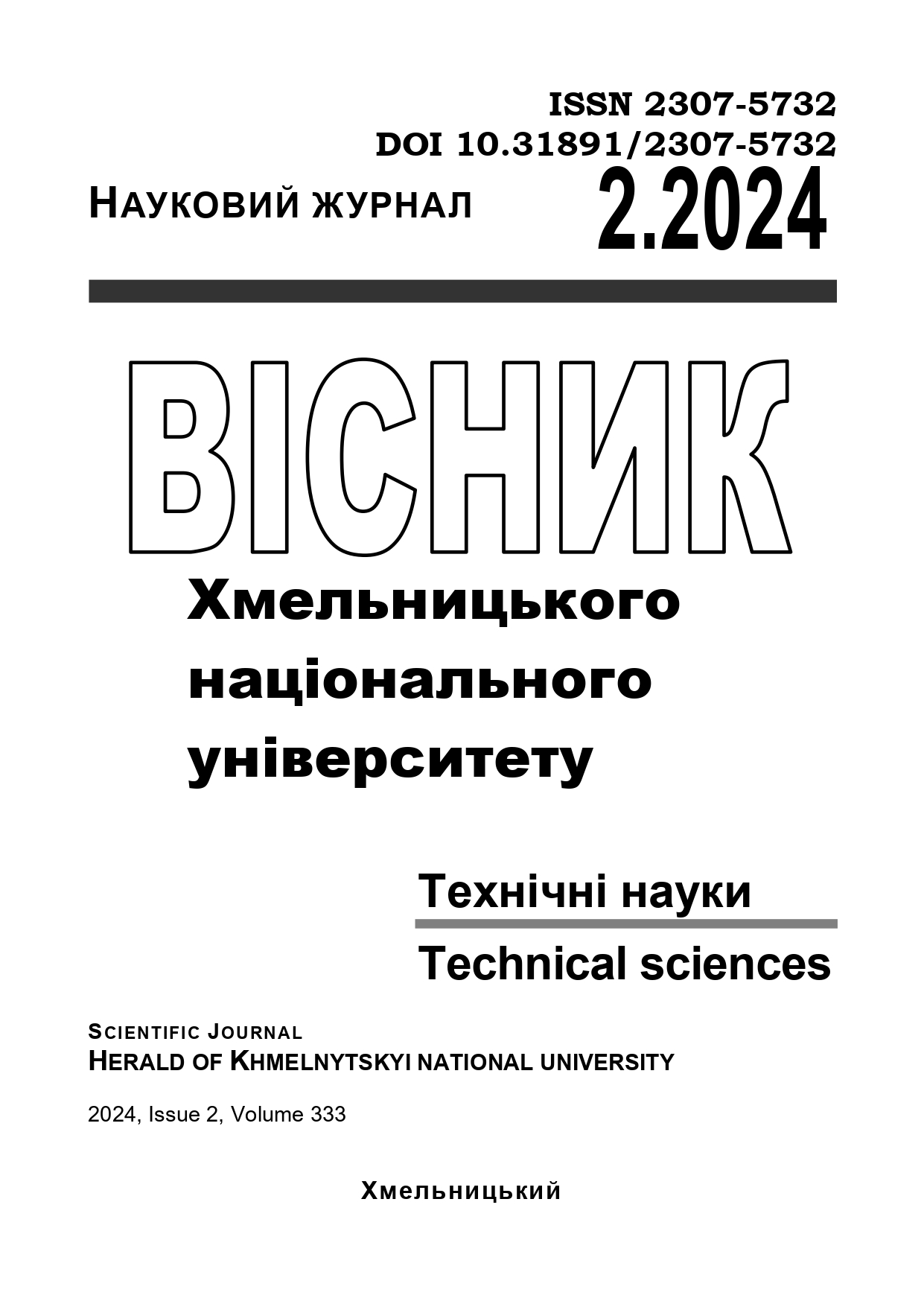DEVELOPMENT OF A CONVECTIVE-VIBRATION DRYER FOR DRYING WALNUTS
DOI:
https://doi.org/10.31891/2307-5732-2024-333-2-61Keywords:
walnuts, technological line, humidity, vibration, vibration technologies, dryer, working chamber, thermoelectric , heater, discharge fan, electric motor, energy efficiency, productivity, qualityAbstract
The issue of creating highly efficient, environmentally friendly energy- and resource-saving technologies and equipment for processing walnuts is under consideration. The technological line for processing walnuts is presented. From the point of view of the technological line of processing walnuts, the drying process, along with the destruction of the shell and its separation from the kernel and subsequent sorting, is the most responsible technological process, since the productivity and quality of the raw material depends on it.
It was established that the use of vibration technologies increases the efficiency of walnut drying and allows to reduce the drying time by 30-40% compared to traditional methods. In addition, vibration technologies allow to preserve the quality of nuts, reducing the effect of heat on their structure. At the end of the drying process, walnut kernels have a residual moisture content of 6-12% and lose up to 50% of their weight.
It is noted that vibration technologies improve the drying process by stimulating the movement of moisture from the surface of walnuts. At the same time, various types of vibration are used in practice, such as linear, oscillatory, centrifugal and ultrasonic.
A fundamentally new structural and technological scheme of a convective-vibrating dryer is proposed. The innovative approaches used in its operation will improve the quality of walnuts during storage and processing. During vibration drying in a convective-vibration dryer, a walnut is placed on a vibrating surface that generates mechanical vibrations that help distribute heat and moisture throughout the walnut. Due to the design of a U-shaped drying chamber in the form of a perforated bottom along the entire surface of contact with the material being dried, the volume of stagnant zones is significantly reduced when blowing a layer of nuts with a drying agent, which is served by air heated by a heater. The execution of the heating element in the form of a thermoelectric heater with automatic control of the drying process leads to the creation of automatic regulation of the continuity of the process and the stability of the quality of walnut drying. This design of the drying unit allows you to easily control the main mode parameters of its operation: the consumption and temperature of the drying agent, as well as the parameters of the vibration effect - the frequency and amplitude of oscillation of the drying chamber, which is important for the practical implementation of the process of drying walnuts with maximum efficiency. The presented design of the drying unit combines all the advantages of the convective-vibration method of drying. It should be noted that dryers with convective heat input are the most common in agriculture due to the highest energy efficiency, relative simplicity of construction and reliability in operation. In this case, to these positive features of convective dryers is added the effect of intensification of the process due to the vibration effect on the material layer.

